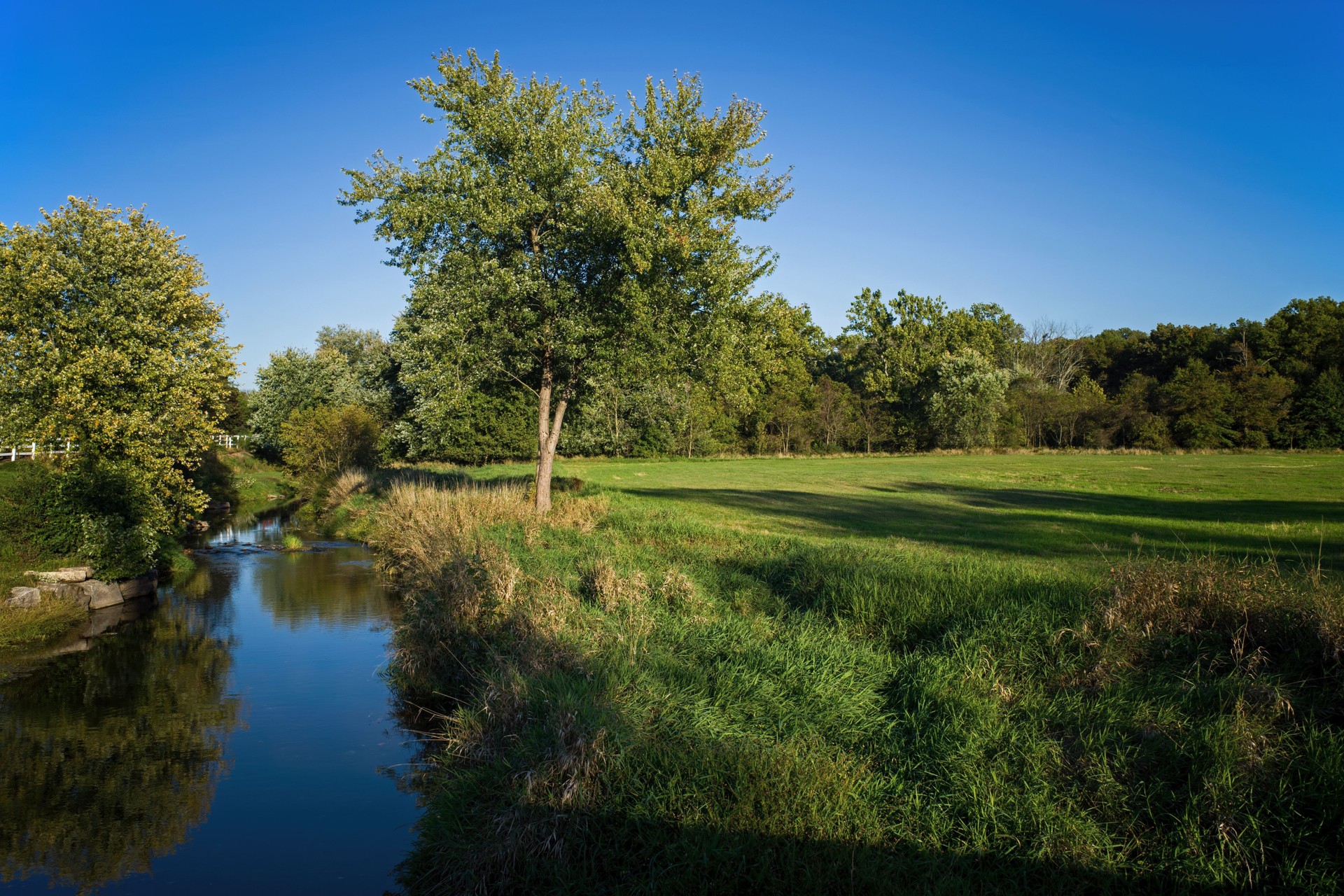
Rivers and streams in urban watersheds provide refuge and habitat for a diverse range of aquatic species. However, they are sensitive to land disturbance and can be degraded by watershed development.
Traditional methods for water quality monitoring during construction include taking samples and measurements of key water quality parameters, such as turbidity and dissolved oxygen, and comparing the readings to benchmark values. Such monitoring methods can be time-consuming and fail to provide a comprehensive picture of how water quality parameters change over time. Moreover, the time lag between collecting and processing samples can result in delays in responding to water quality issues and implementing corrective actions.
How IoT can safeguard water quality during stream restoration projects
The Internet of Things (IoT) — a network of physical objects embedded with sensors that enable them to connect and exchange data with other devices over the internet — can be utilized to beneficial effect during stream restoration projects. A remote water quality monitoring system can provide a simple and cost-effective way to detect water quality issues before they impair habitat for aquatic life.
We used chemical monitoring data to develop an understanding of normal stream conditions and tolerances and guide our engineering team on an environmentally sensitive dewatering plan for the removal of College Lake Dam in Lynchburg, Virginia. Doing so allowed us to set realistic and data-based water quality standards for the construction phase.
Use of IoT in practice – establishing a baseline
Twelve months ahead of the proposed start of the dam removal construction, we deployed a real-time water quality monitoring instrument immediately downstream of the existing dam, where the dewatering discharges will occur. The data collected — water temperature, depth, turbidity, dissolved oxygen, and pH — is conveyed through a cellular telemetry device and accessed through a secure online portal by project engineers and other stakeholders. The data is analyzed and presented in monthly water quality monitoring reports that detail baseline trends as well as recommended benchmarks for construction.
The City of Lynchburg also has two remote monitoring devices, one several miles upstream and the other several miles downstream of the dam, with the data collected publicly available. These additional devices allow us to compare water quality trends across the watershed and determine whether trends are location specific or representative of watershed-wide conditions.
Benefits of utilizing remote water quality monitoring in advance of construction
- Improved public perception: Use of remote water monitoring equipment and transparency in data reporting fosters trust in the accuracy of the information and the efforts being undertaken to reduce the impact of construction activity on water quality.
- Timely response to changes: Real-time data, combined with an alert activation, allows for prompt identification of changes in water quality, enabling quicker response to emerging issues. For example, if during the construction phase, the dissolved oxygen in the stream receiving the dewatering exceeds the established threshold, the construction manager, project engineer, and City of Lynchburg would receive an SMS alert to trigger a rapid response, which in this case could be to adjust the dewatering rate of flow or even halt dewatering entirely.
- Cost effectiveness: Despite the initial outlay for the monitoring instrument and telemetry device, remote monitoring is less labor intensive than regular manual sampling, and transportation to a lab for analysis.
- Ability to request permit deviances: In the case of the College Lake Dam, the pre-construction, downstream water turbidity exceeds the EPA’s standard construction dewatering threshold of 50 NTUs. Knowledge of baseline water parameters enables deviances to normal EPA permits to be requested thereby ensuring the benchmark thresholds are appropriate for the watershed and achievable given the normal conditions of the river.
Final thoughts
The use of IoT in stream water quality monitoring is not entirely new, however it’s not a widespread practice. We advocate that remotely sensed data can reinforce the abilities of project engineers and stakeholders to monitor waterbodies more effectively. This data can then be analyzed to gain insights and inform decisions about water management that minimizes the impact on the natural balance of the watershed.
